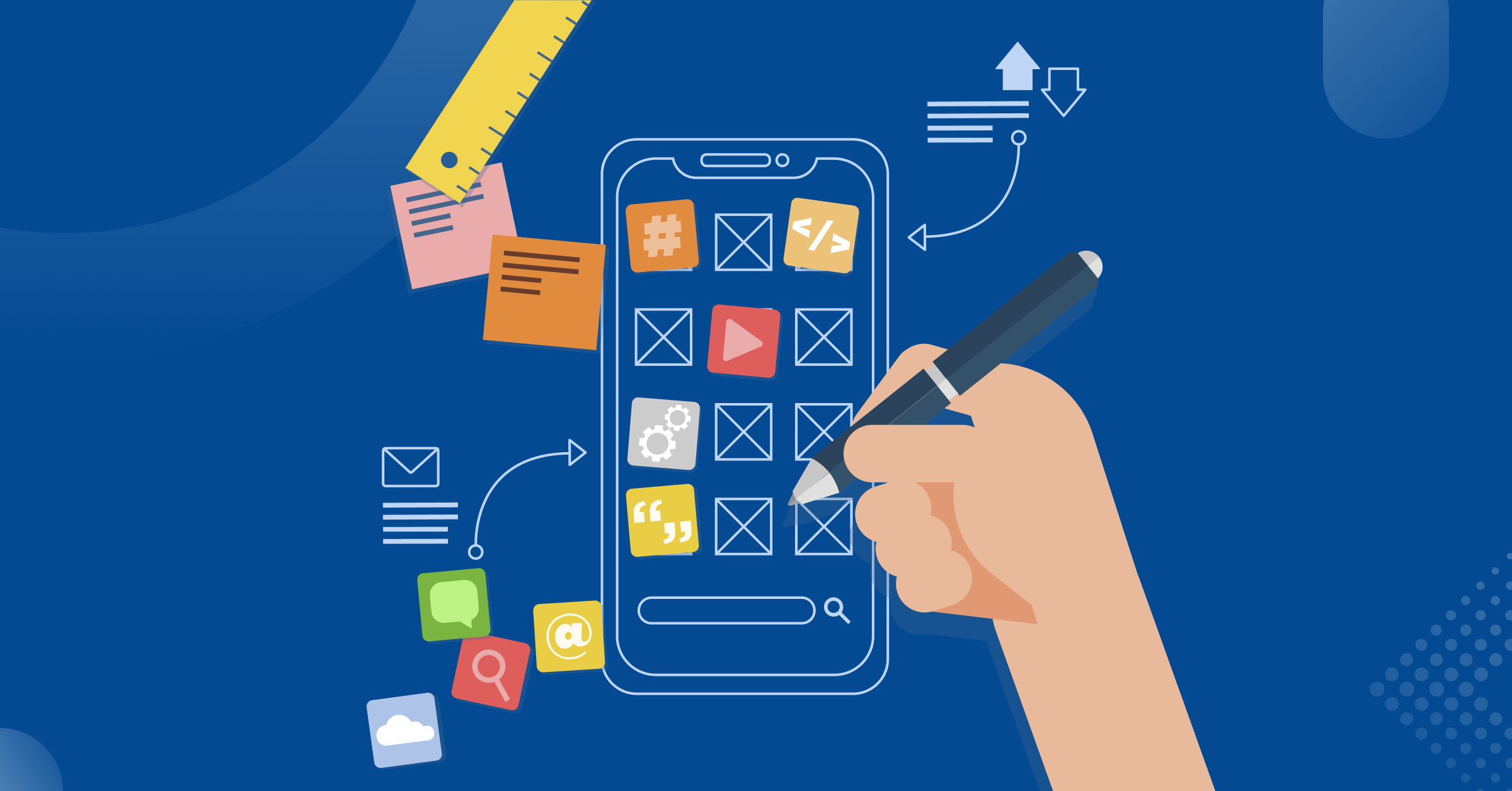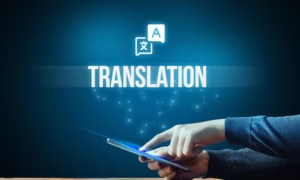Your app logo is often the first impression users have of your brand. A well-designed logo can enhance recognition, build trust, and set the tone for user experience. Whether you’re launching a new app or revamping an existing one, following best practices in logo design ensures your app stands out in a crowded marketplace.
1. Keep It Simple
A clean, simple logo is more memorable and effective than a complex design. Avoid unnecessary details, intricate patterns, or excessive text. A minimalistic approach ensures clarity and helps your logo look great on different screen sizes.
Example:
Think of Instagram, Twitter, or Facebook—each has a simple yet highly recognizable logo.
2. Prioritize Scalability
Your logo should look great whether it’s displayed as a tiny app icon on a smartphone or a large banner on a website. Design with scalability in mind by using vector graphics and avoiding intricate details that might get lost when the logo is resized.
Tip:
Test your logo at different sizes to ensure readability and visibility.
3. Choose the Right Colors
Colors evoke emotions and contribute to brand identity. Choose a color palette that aligns with your app’s purpose and target audience. Bright, bold colors can be eye-catching, while muted tones may convey sophistication.
Color Psychology:
- Red: Energy, passion, urgency (e.g., YouTube, Netflix)
- Blue: Trust, professionalism, reliability (e.g., Facebook, LinkedIn)
- Green: Growth, health, nature (e.g., WhatsApp, Spotify)
- Yellow/Orange: Optimism, warmth, creativity (e.g., Snapchat, Firefox)
4. Use Readable Typography
If your logo includes text, choose a font that is legible at different sizes. Avoid overly decorative fonts that may be difficult to read. Sans-serif fonts are a popular choice for modern, clean app logos.
Pro Tip:
Custom typography can make your logo unique while keeping it professional.
5. Make It Unique
Your logo should differentiate your app from competitors. Avoid using generic symbols or overused design elements. Conduct research to ensure your design stands out while still being relevant to your niche.
Example:
Nike’s swoosh is simple yet instantly recognizable, setting it apart from competitors.
6. Ensure Versatility
Your app logo should work well in different contexts, including light and dark modes, promotional materials, and branding. Create a version of your logo with and without text, and ensure it looks good in grayscale.
Tip:
Use a transparent background for versatility across different platforms.
7. Align With Brand Identity
Your logo should reflect your app’s core values and purpose. If your app is fun and creative, use playful elements. If it’s a professional tool, opt for a sleek, modern design.
Example:
Slack’s logo combines a playful color palette with a professional geometric design, striking a balance between creativity and efficiency.
8. Test Your Logo
Before finalizing your logo, gather feedback from potential users. Conduct A/B testing to compare different versions and see which one resonates best with your audience.
Methods:
- Run social media polls
- Ask for feedback from designers and users
- Use eye-tracking studies to measure engagement
Conclusion
A well-designed app logo enhances brand identity, attracts users, and boosts recognition. By keeping it simple, scalable, unique, and aligned with your brand, you can create a logo that stands out in the competitive app market. Invest time in designing a logo that effectively represents your app and leaves a lasting impression.

































